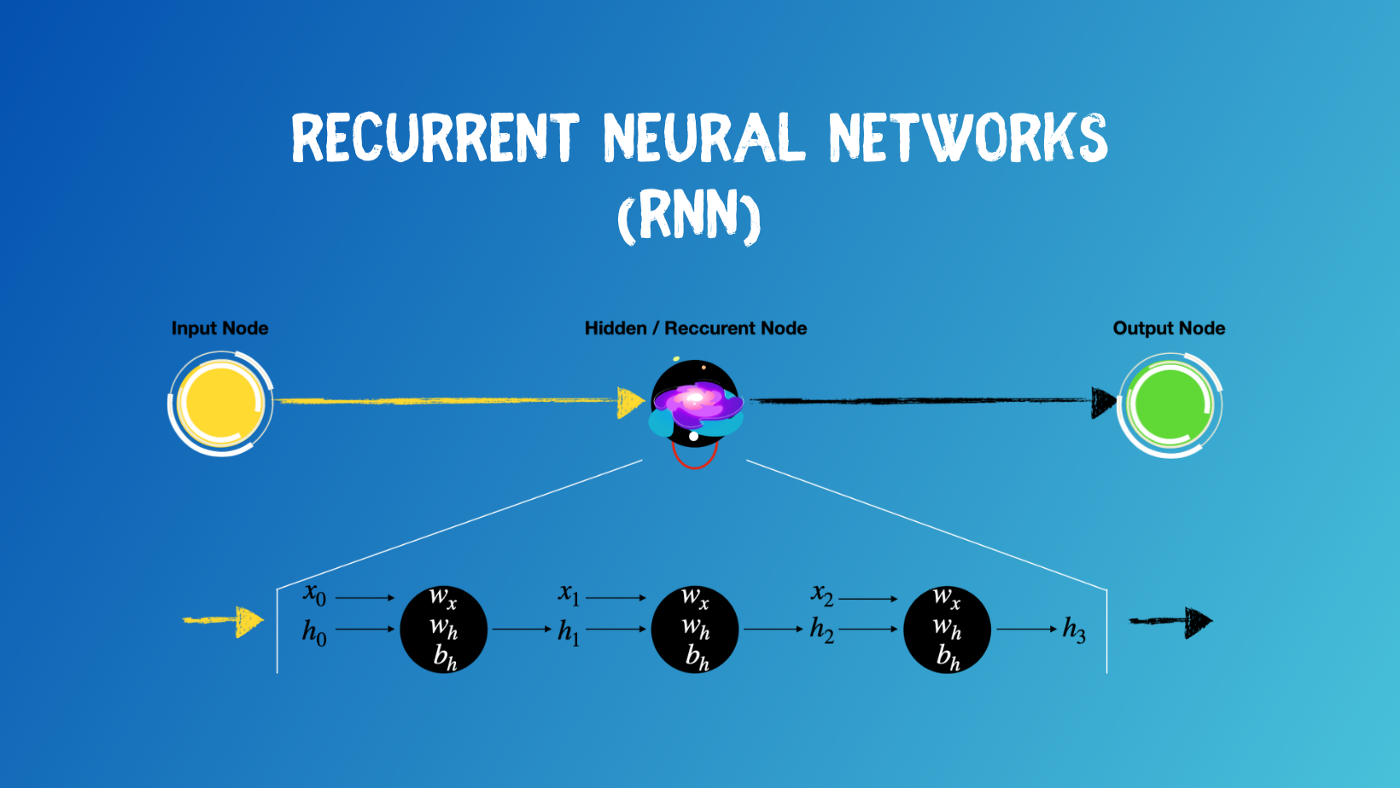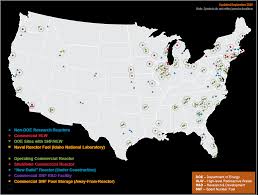
What is automated machine-learning? Simply put, it's the process of automating the entire process of machine learning, from model selection to hyperparameter tuning. It includes all phases of the machinelearning process, from training a model to analyzing data. Continue reading to find out more. Also, check out our other articles about the topic. We'll cover how to use the various methods of autoML. This will allow you to get started with your machine learning journey.
Automated model selection
Model selection is the process by which one model is chosen from many others. The selection process can be affected by multiple competing concerns such as complexity and maintainability. There are several methods to select models, including probabilistic measures or resampling. Here are some examples of ML algorithms. Listed below are some of the most common ones. ML algorithms are used for classification problems.
The first step is to divide the data into two parts: the test and training sets. These data sets are classified as test or training sets. AutoML will then calculate the classifier's accuracy and overall performance, including any imbalanced classes. AutoML also calculates the median absolute differences between the predicted and true targets to determine if the model can attain the required accuracy. After the model has been selected, it can be trained to match the training data.

Hyperparameter tuning
Hyperparameter optimization aims to optimize the values of parameters that control learning algorithms. The hyperparameter can be defined as a parameter that is learned when other parameters are evaluated. The hyperparameter value is what ultimately determines the operation of the learning algorithm. Auto ML has a crucial component: hyperparameter tuning. These tips can help choose the right values and settings for your learning algorithm.
First, define each hyperparameter. Each hyperparameter should be named similarly to the main module argument. These names are provided by the training program as command-line options. For more information on the behavior of hyperparameters, you can consult other machine learning techniques as well as community forums. Auto ML can be used in many ways, but it is crucial to consider how it will affect your business goals.
Selecting the right feature
A key step in developing a model is feature selection. AutoML can help you create predictive models that predict medical conditions based on microbial data. It can be applied to omics data with low sample size and high dimensionality. This AutoML platform focuses on knowledge discovery by identifying minimal-size subsets of biomarkers and returns useful information. Feature selection is a notoriously difficult problem. Some features are not prescriptive, and some may be redundant when compared against other features.
AutoML's goal is to choose features that are most appropriate for the task. Two steps are required for feature selection. First, the model will be trained using random features. Permutation-based feature are used to determine their importance. Finally, the model is trained on selected features. AutoML uses different methods in each step to detect anomalies. The most relevant features of the data are used to train.

Performance estimation
When we speak of performance estimation for AutoML, it is usually referring to using a different algorithm that would be used if we were writing a new model. These models often require many components and are hand-crafted. They could include classification, feature engineering, and calibrating, as well a variety of algorithms and hyperparameters. There is no universal algorithm that can work for all problems. Furthermore, the effectiveness and utility of each algorithm depend on the problem and the data.
An AutoML method was recently used to identify biomarkers within COVID-19 patient populations. The researchers collected gene expression profiles from nasopharyngeal swabs of 430 patients with COVID-19 and 54 patients without the disease. The first time that a 35.787 feature transcriptomic dataset has been used in classification analysis was when it was the first. The samples were split into two sets. A training set and a validation, which consisted of 299 patients with COVID-19 and 40 patients without COVID-19, were used. After performing AutoML analysis on the datasets, they reported that two signatures with thirteen features each were highly accurate.
FAQ
What are the benefits of AI?
Artificial Intelligence is a revolutionary technology that could forever change the way we live. Artificial Intelligence is already changing the way that healthcare and finance are run. It is expected to have profound consequences on every aspect of government services and education by 2025.
AI has already been used to solve problems in medicine, transport, energy, security and manufacturing. As more applications emerge, the possibilities become endless.
What makes it unique? First, it learns. Computers can learn, and they don't need any training. Instead of being taught, they just observe patterns in the world then apply them when required.
AI stands out from traditional software because it can learn quickly. Computers are capable of reading millions upon millions of pages every second. Computers can instantly translate languages and recognize faces.
It doesn't even require humans to complete tasks, which makes AI much more efficient than humans. It can even perform better than us in some situations.
A chatbot named Eugene Goostman was created by researchers in 2017. The bot fooled many people into believing that it was Vladimir Putin.
This proves that AI can be convincing. Another benefit is AI's ability adapt. It can be trained to perform new tasks easily and efficiently.
This means that companies don't have the need to invest large sums of money in IT infrastructure or hire large numbers.
What can AI be used for today?
Artificial intelligence (AI), which is also known as natural language processing, artificial agents, neural networks, expert system, etc., is an umbrella term. It's also known as smart machines.
Alan Turing was the one who wrote the first computer programs. He was interested in whether computers could think. In his paper, Computing Machinery and Intelligence, he suggested a test for artificial Intelligence. The test asks if a computer program can carry on a conversation with a human.
John McCarthy in 1956 introduced artificial intelligence. He coined "artificial Intelligence", the term he used to describe it.
Many types of AI-based technologies are available today. Some are simple and easy to use, while others are much harder to implement. They include voice recognition software, self-driving vehicles, and even speech recognition software.
There are two major types of AI: statistical and rule-based. Rule-based relies on logic to make decision. To calculate a bank account balance, one could use rules such that if there are $10 or more, withdraw $5, and if not, deposit $1. Statistics are used to make decisions. For example, a weather prediction might use historical data in order to predict what the next step will be.
What is the future role of AI?
Artificial intelligence (AI), which is the future of artificial intelligence, does not rely on building machines smarter than humans. It focuses instead on creating systems that learn and improve from experience.
In other words, we need to build machines that learn how to learn.
This would allow for the development of algorithms that can teach one another by example.
We should also look into the possibility to design our own learning algorithm.
You must ensure they can adapt to any situation.
How will governments regulate AI?
Although AI is already being regulated by governments, there are still many things that they can do to improve their regulation. They need to make sure that people control how their data is used. A company shouldn't misuse this power to use AI for unethical reasons.
They should also make sure we aren't creating an unfair playing ground between different types businesses. Small business owners who want to use AI for their business should be allowed to do this without restrictions from large companies.
Is Alexa an AI?
The answer is yes. But not quite yet.
Amazon created Alexa, a cloud based voice service. It allows users speak to interact with other devices.
First, the Echo smart speaker released Alexa technology. However, since then, other companies have used similar technologies to create their own versions of Alexa.
These include Google Home, Apple Siri and Microsoft Cortana.
Why is AI important
It is estimated that within 30 years, we will have trillions of devices connected to the internet. These devices will cover everything from fridges to cars. The combination of billions of devices and the internet makes up the Internet of Things (IoT). IoT devices are expected to communicate with each others and share data. They will be able make their own decisions. A fridge might decide whether to order additional milk based on past patterns.
It is anticipated that by 2025, there will have been 50 billion IoT device. This is a great opportunity for companies. However, it also raises many concerns about security and privacy.
What is the role of AI?
An artificial neural networks is made up many simple processors called neuron. Each neuron takes inputs from other neurons, and then uses mathematical operations to process them.
Neurons are organized in layers. Each layer has a unique function. The first layer receives raw data, such as sounds and images. It then sends these data to the next layers, which process them further. Finally, the output is produced by the final layer.
Each neuron has an associated weighting value. This value is multiplied each time new input arrives to add it to the weighted total of all previous values. The neuron will fire if the result is higher than zero. It sends a signal up the line, telling the next Neuron what to do.
This cycle continues until the network ends, at which point the final results can be produced.
Statistics
- Additionally, keeping in mind the current crisis, the AI is designed in a manner where it reduces the carbon footprint by 20-40%. (analyticsinsight.net)
- According to the company's website, more than 800 financial firms use AlphaSense, including some Fortune 500 corporations. (builtin.com)
- By using BrainBox AI, commercial buildings can reduce total energy costs by 25% and improves occupant comfort by 60%. (analyticsinsight.net)
- In 2019, AI adoption among large companies increased by 47% compared to 2018, according to the latest Artificial IntelligenceIndex report. (marsner.com)
- More than 70 percent of users claim they book trips on their phones, review travel tips, and research local landmarks and restaurants. (builtin.com)
External Links
How To
How to setup Siri to speak when charging
Siri can do many tasks, but Siri cannot communicate with you. Because your iPhone doesn't have a microphone, this is why. If you want Siri to respond back to you, you must use another method such as Bluetooth.
Here's how Siri can speak while charging.
-
Select "Speak When locked" under "When using Assistive Touch."
-
To activate Siri press twice the home button.
-
Siri can speak.
-
Say, "Hey Siri."
-
Simply say "OK."
-
Speak: "Tell me something fascinating!"
-
Say "I'm bored," "Play some music," "Call my friend," "Remind me about, ""Take a picture," "Set a timer," "Check out," and so on.
-
Say "Done."
-
If you wish to express your gratitude, say "Thanks!"
-
If you are using an iPhone X/XS, remove the battery cover.
-
Insert the battery.
-
Assemble the iPhone again.
-
Connect your iPhone to iTunes
-
Sync your iPhone.
-
Turn on "Use Toggle"